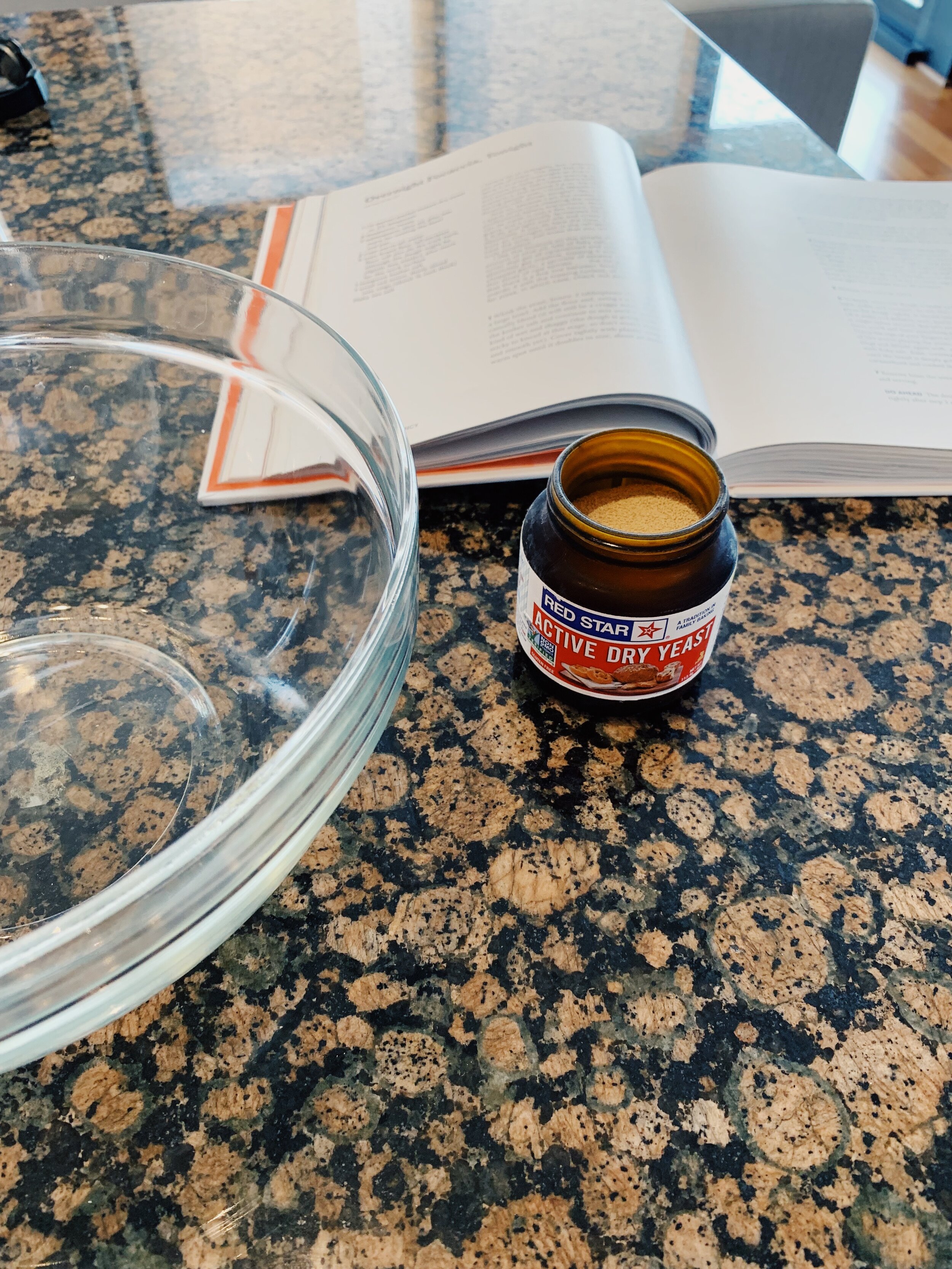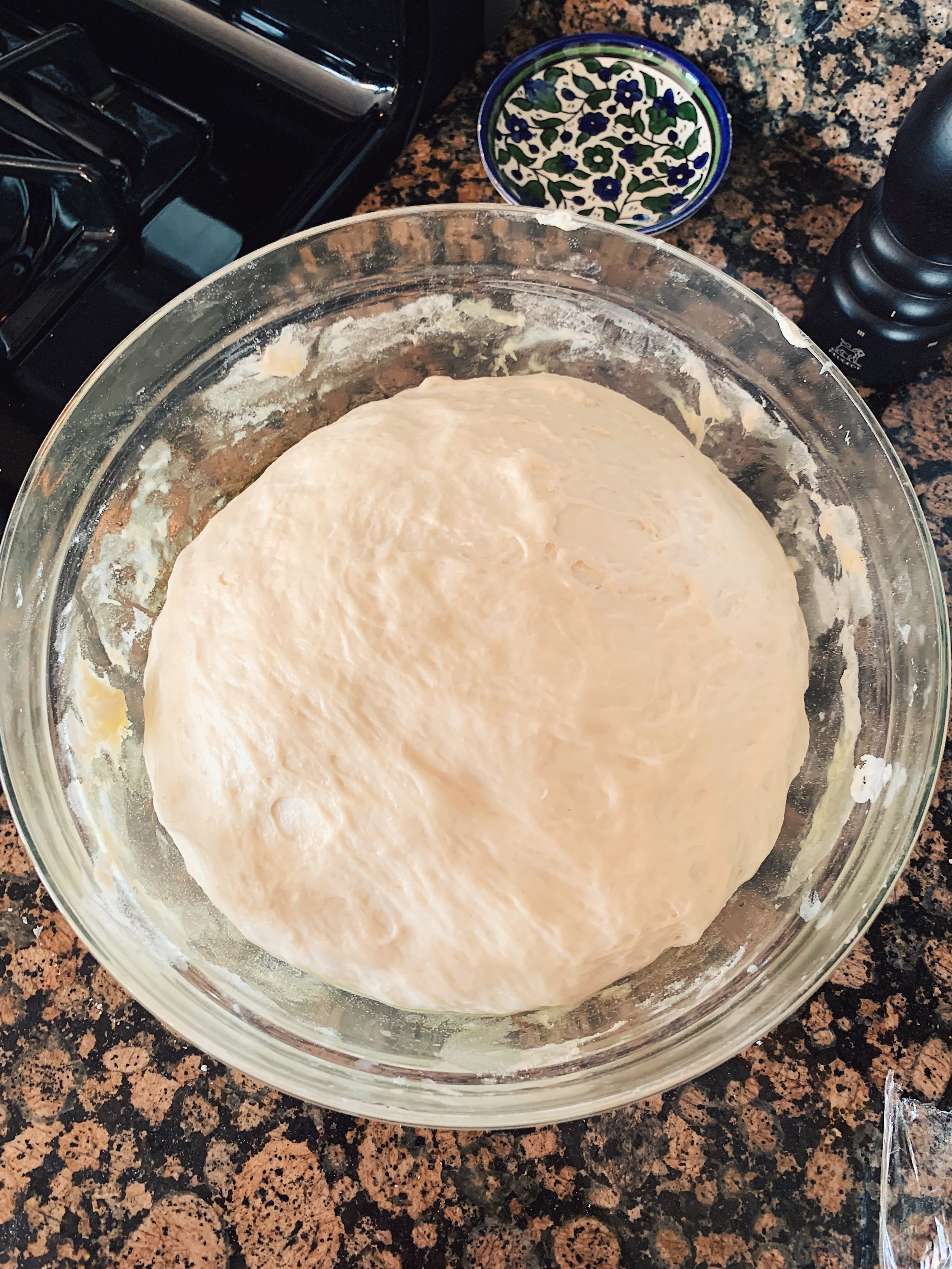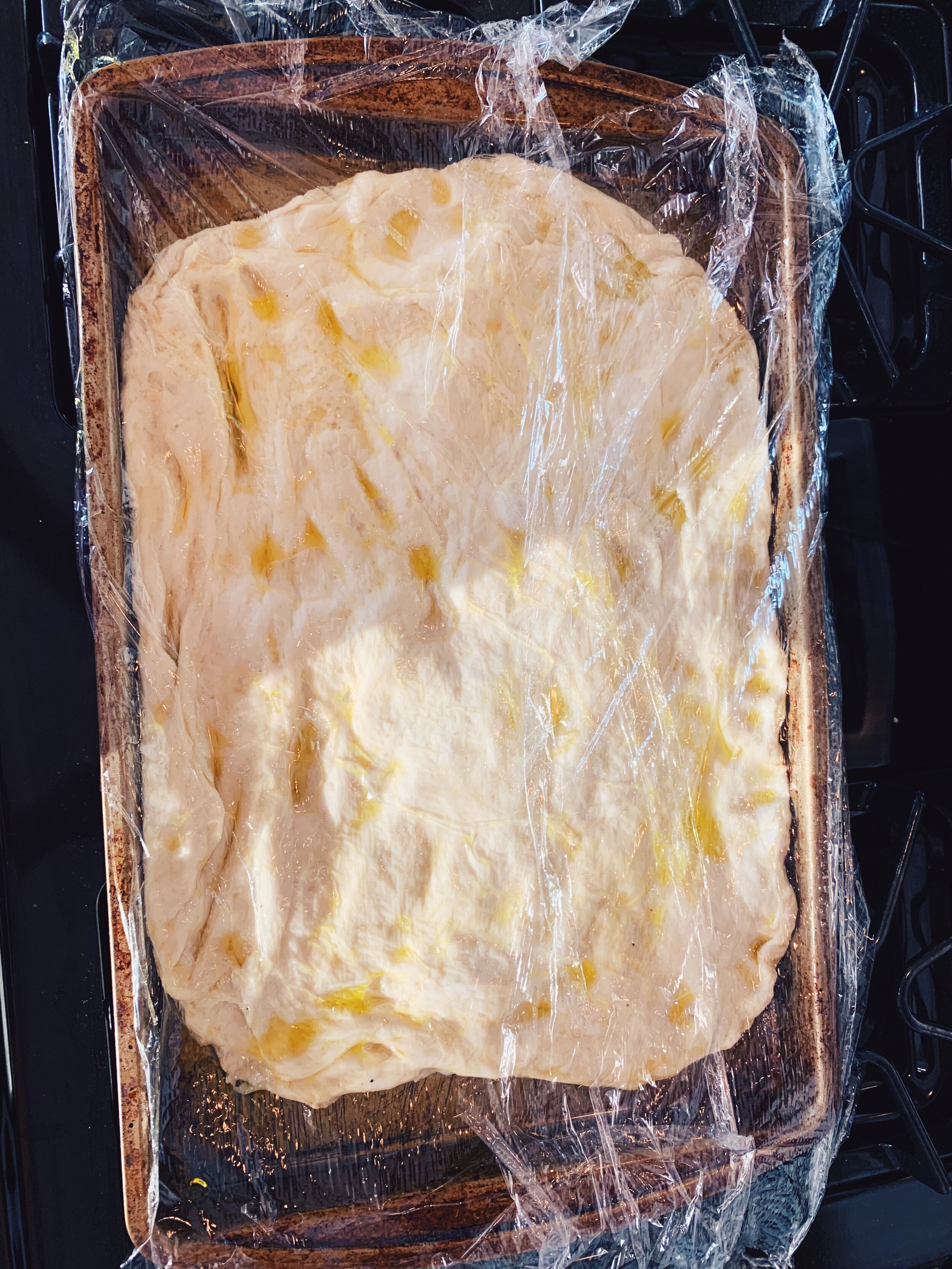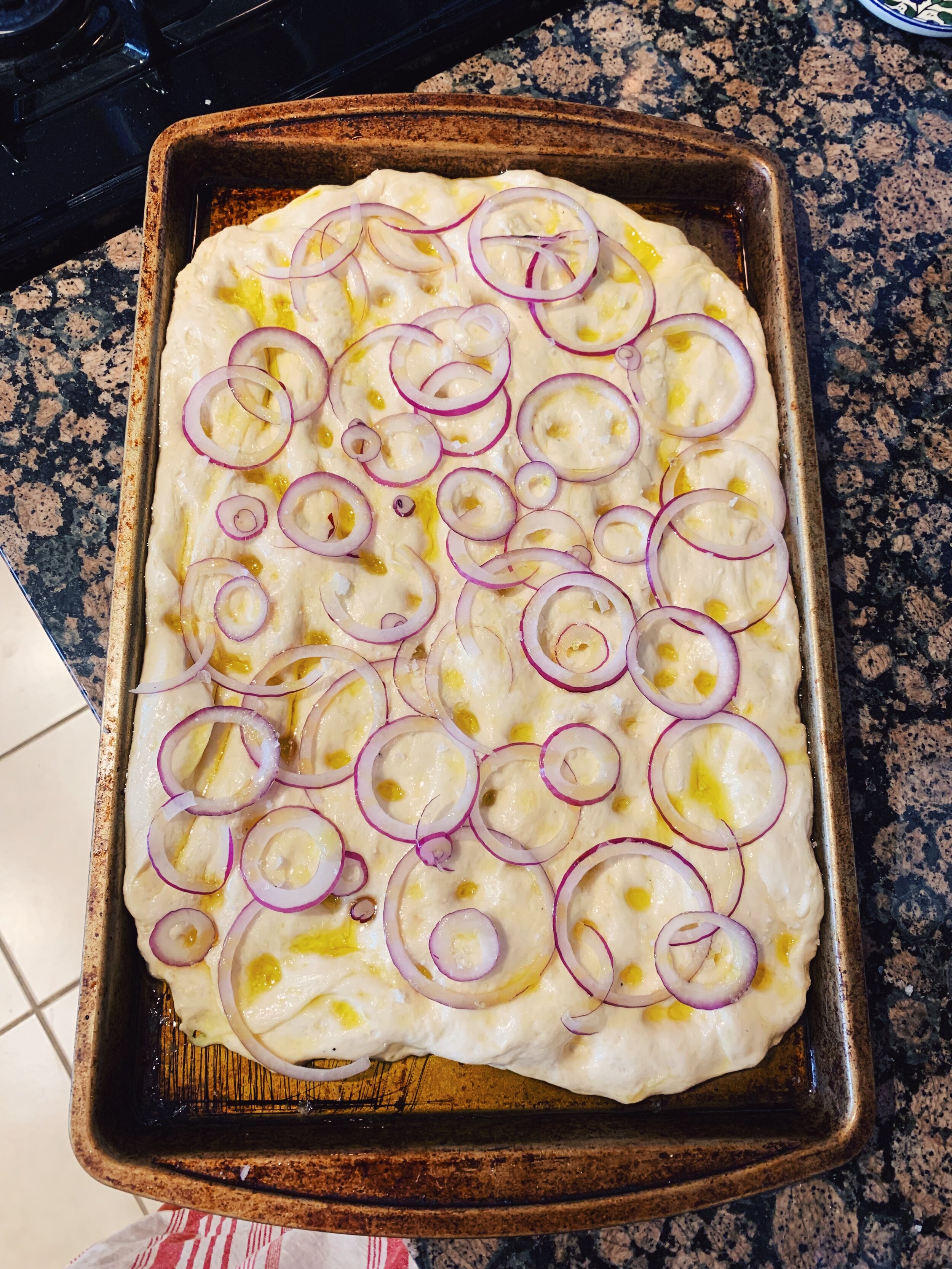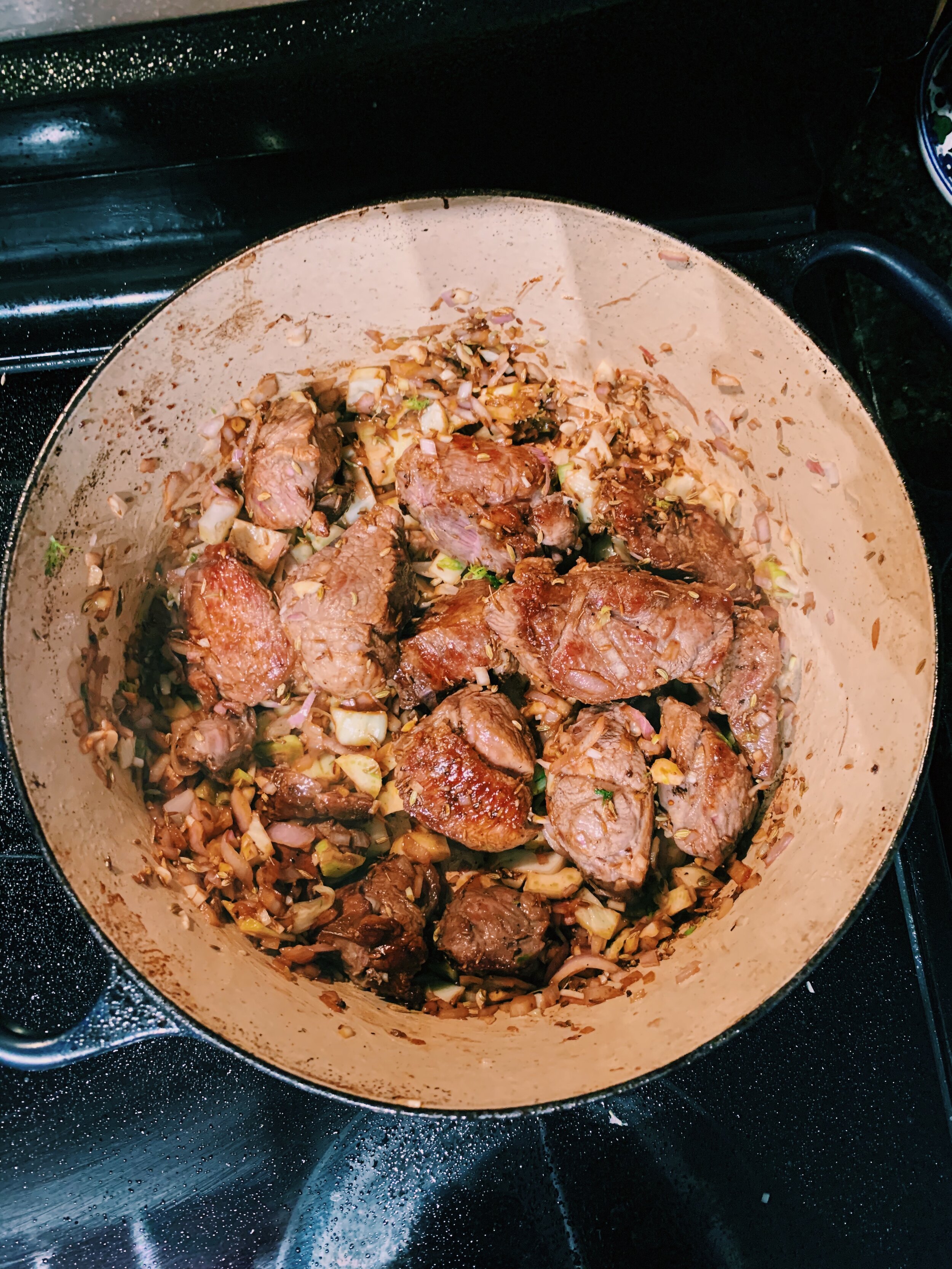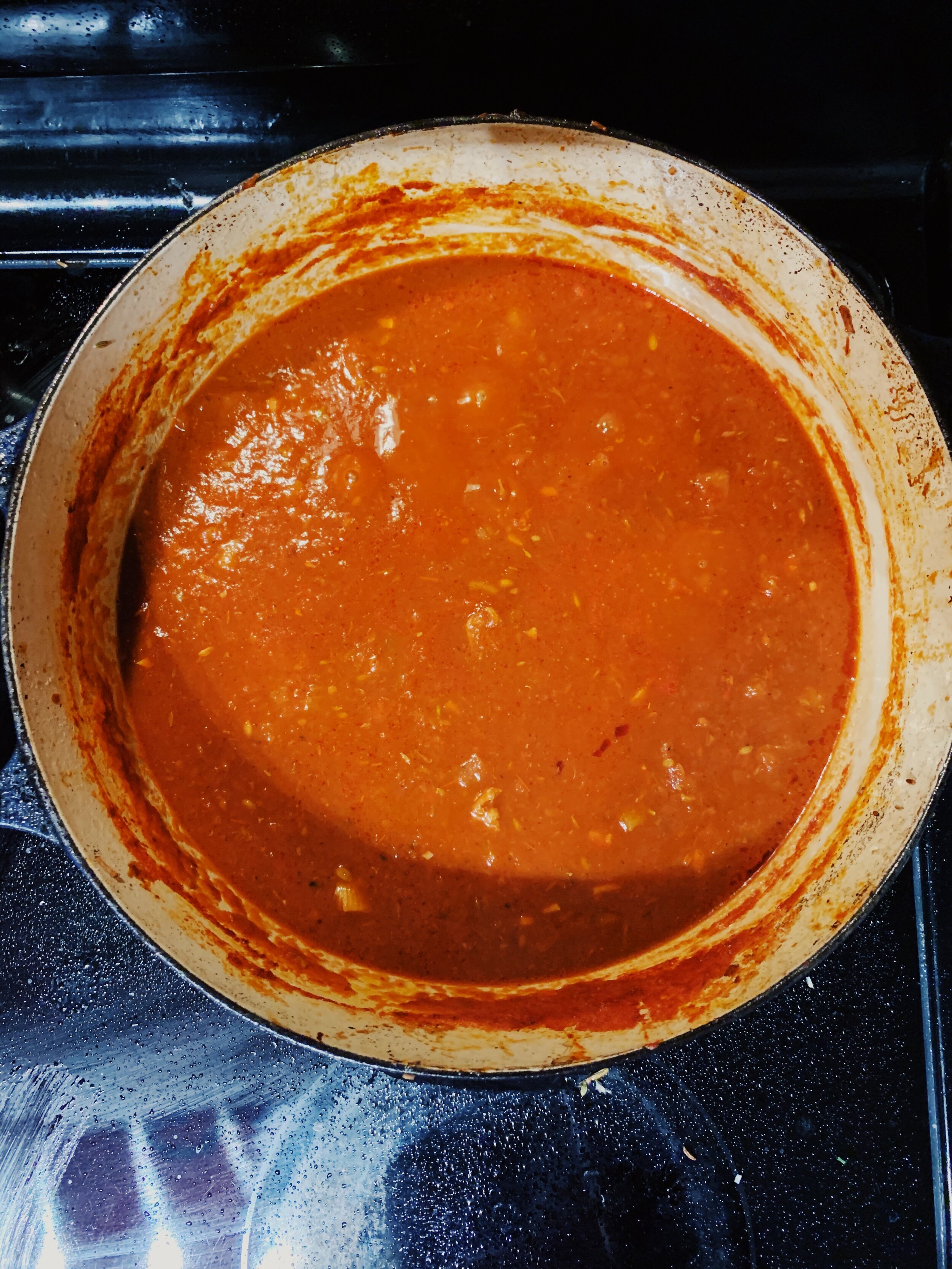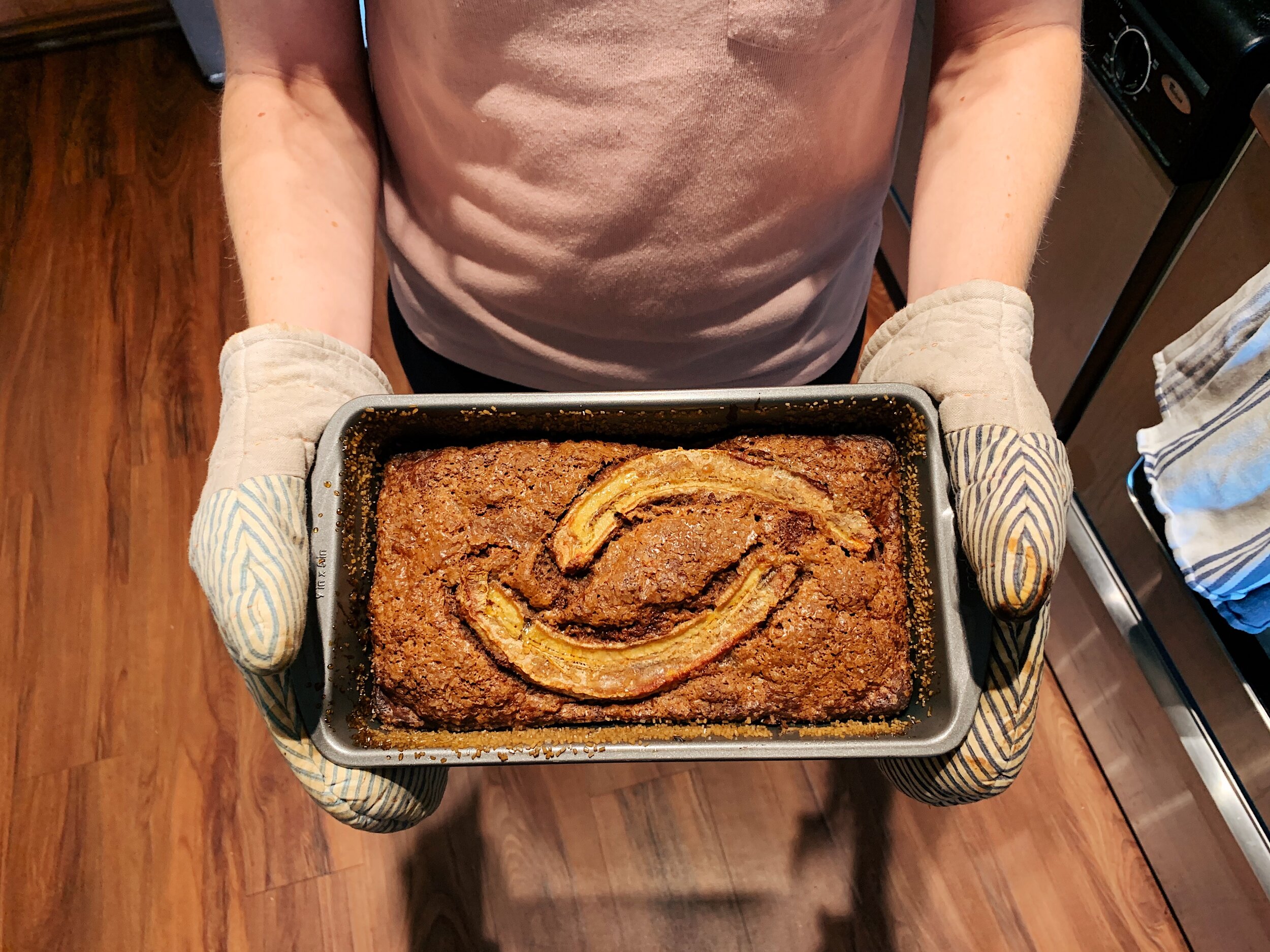I didn’t grow up eating beans. My mother doesn’t care for them. She says their texture and appearance reminds her of dog food. She never once cooked them for us as far as I can remember. My first memory of eating beans took place in high school. My school campus was a short walk from a Del Taco (think Taco Bell but more questionable) and it was a popular activity among my friends to go there for an after-school, pre-theater rehearsal snack. One day I found myself strapped for cash (this happened a lot, and I didn’t have a debit card yet), so I had to order the cheapest thing on the menu -- the $0.99 bean and cheese burrito. I literally never ordered anything else again. I craved those gooey, slightly spicy, almost creamy beans starting at 3rd period until I could get off campus at 3:15pm to eat my cheap bean fuel. In college, I ate beans any time they were offered at the cafeteria. Canned beans sustained me in my early postgrad years. An affordable, healthy, protein-rich meal that I never tire of.
So yeah, Tomato-y White Beans was one of the first recipes I made from nothing fancy. It wooed me from the Table of Contents.
While this recipe can be found in the “Sides” section, please don’t think this isn’t a meal unto itself. As Alison says in her introduction, “‘Side dish’ is a very misleading term.”
Let’s talk about the 3 core elements named in the recipe title; their combination is what makes this recipe so unlike any other bean dish I’ve made. Together they make a richly satisfying, well-textured, and bright meal.
Tomato-y white beans. Alison makes multiple statements about how fresh shelled beans will change our lives, and I bet she’s right. But alas, in the winter with no farmer’s market available, canned beans are all I can find. And they’re still delicious.
Of all the white bean varieties, I chose to make this with cannellini beans. In my experience, cannellini hold their shape better out of the can and have more flavor than Great Northern White beans. To make the beans, you need to sauté some thinly sliced onion and garlic in a good bit of olive oil. Then add a big glob of tomato paste and chile flakes, before dumping in the beans with water and letting them simmer until they’ve turned soft and creamy. At every step, she has you season with salt and pepper. Sort of sounds like most pot-of-bean recipes, right? It’s the next two ingredients that change the game.
Breadcrumbs. Fresh breadcrumbs. Whatever you do, please don’t buy these at a store. Store bought will not achieve the texture you’re hoping for. Instead, take fresh or stale bread from your fridge and tear it to smaller pieces that can be pulsed in a food processor to proper crumb size. Alison asks you to toast the crumbs in a large pot with another pool of olive oil until they are a glistening golden hue, then sprinkled with salt and pepper. These crumbs will provide the crunchy textural contrast that makes this bean dish so special.
And finally preserved lemon. This ingredient brightens this dish spectacularly. It also requires some forethought. I believe you can buy preserved lemons at a grocery store, but it’s just as easy to make your own. This was my first time preserving lemons, and I chose to use a short-cut recipe by Mark Bittman. (I’ll soon be preserving more lemons and will use a recipe that yields a more shelf-stable jarful. However this recipe produced great results and is a reliable last-minute method.)
Once the beans have achieved the soft, creaminess level you’re looking for, turn off the heat and add chopped preserved lemon bits to the pot. Sprinkle the breadcrumbs over the top and serve. Every bite explodes with flavor and rich texture -- the creamy beans in a spicy tomato sauce, dappled with sweet and sour lemon bits and crunchy, oily, salty breadcrumbs.
I’ve made this recipe twice already - once for J and I, and once for guests, too. I served it with Alison’s Garlicky Broccoli and Greens, which I’ll explore in another entry soon. I think some fresh bread would also do nicely. The beans made great lunch leftovers.
I’m writing this on a Wednesday morning, and while it’s only 10am, I’m now starving. I think I’ll go make this recipe for lunch!
1 recipe cooked, 224 recipes to go.




